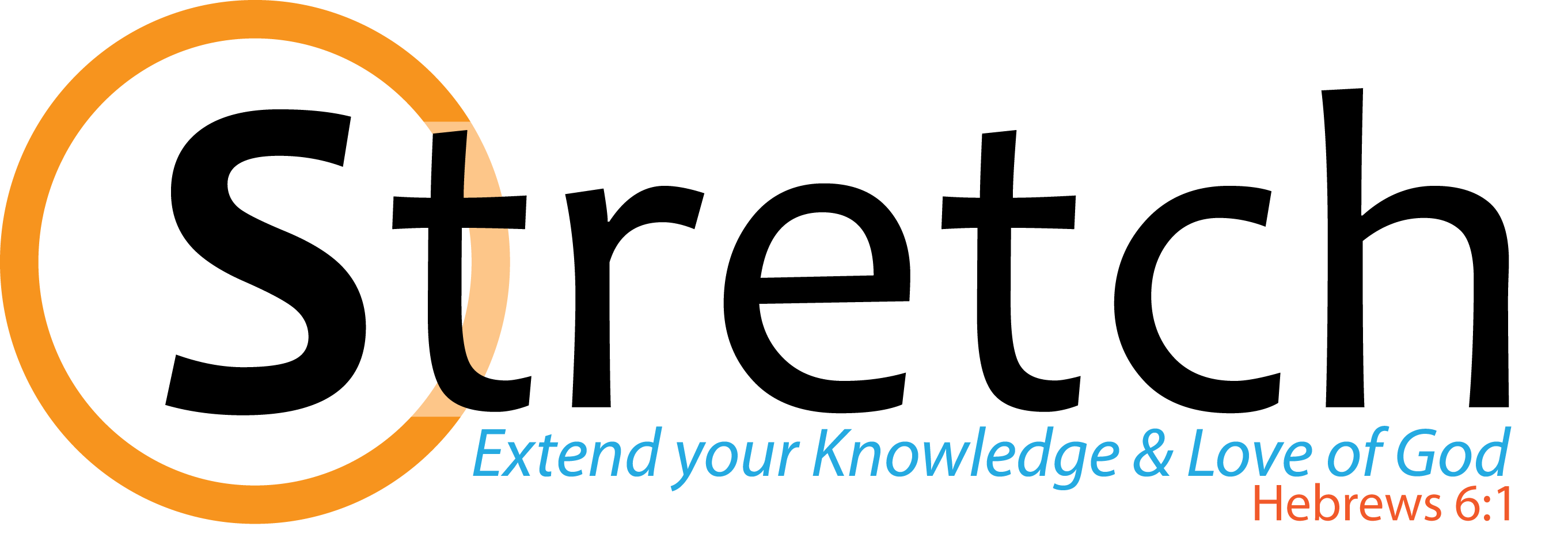Every good parent wants “the best” for their children. Christians can be more specific about what that means. We know that what is truly best for everyone – child or adult – is living by faith in Jesus Christ. Children need parents who will teach them the Bible, pray with them, and lead them in living as one of Jesus’ disciples. They don’t just need us to feed them food; they need us to feed them the word of God (Matthew 4:4). They don’t just need us to tell them to obey God; they need us to set an example and do it alongside them (1 Corinthians 11:1).
One important way of getting kids to engage with the Christian faith is by reading with them. (Besides which, reading with our kids is a great joy in itself!). And it isn’t just the reading that’s important; it’s the relating to them over reading. When we read with our kids we have the opportunity to enjoy what we’re reading together, and to discuss and reflect on it afterwards. As kids get older we can give them things to read on their own. But even here we should aim to engage in conversation with them about what they are reading. As they read, questions about God and the issues of life tend to come up very naturally.
This post highlights some books that I’ve found useful with my own kids and that I recommend to others. For context, at the time of writing my three boys range from 5 to 10 years old.
I’ll categorise books by age age range: “I” for infants (2-5 year olds), “P” for primary (6-12 year olds), and “HS” for high-school age (13+). The categories I am covering are: Biblical Theology Children’s Bibles, Bible-Story Children’s Bibles, Doctrine, Church History, and Fiction. I also believe that children should read all kinds of books, not just Christian ones. What I cover here are books that I think are helpful for Christian discipleship and development. In our family we typically aim to read some kind of Christian input daily, and other reading before bed.
Biblical Theology Children’s Bibles
As I see it, there are basically two sorts of Children’s Bibles. The first sort aims to help children see the overall message of the Bible story. This is technically called ‘biblical theology’. This kind of book helps children see how the many individual stories that make up the Bible are really one grand story, and that the subject of that story is Jesus.
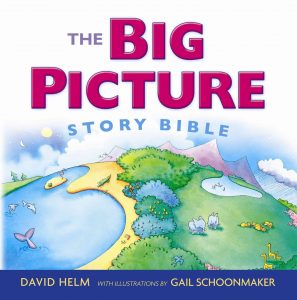
Of the Biblical Theology Children’s Bibles available, The Big Picture Story Bible (2014: I-P) has become the go-to for many. And with good reason. It does a great job of showing how all the events and themes of the Bible point forward to Jesus. I’ve even heard adults say that they didn’t understand how the Bible fits together until they read this with their own children. The book is also beautifully illustrated, and is a longterm favourite in our household.
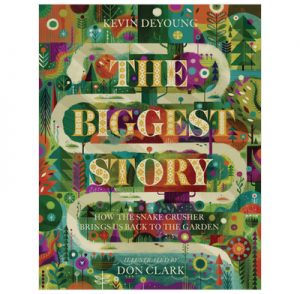
Another one that I like is The Biggest Story (2016: P) which does much the same job, but in a different style and with different emphases. By nature, Children’s Bibles have to summarise and simplify in order to communicate clearly, so they can’t say everything! It can therefore be useful to use several different ones.
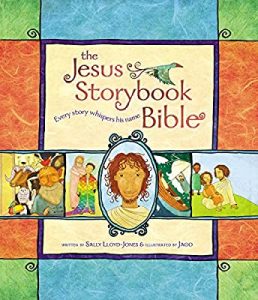
A third example of this kind of Bible that I like is The Jesus Storybook Bible (2007: I-P). This book has a distinct storytelling voice that works particularly well for reading out loud. Any of these three Bibles (or all of them) are excellent choices.
Bible-Story Children’s Bibles
A natural limitation of the Biblical Theology Children’s Bible is that they deal with things very briefly and skip over a lot. There simply isn’t space to go into anything in detail. For that reason I believe that a Biblical Theology Children’s Bible is best complimented by a book of the more familiar ‘Bible story’ style. These simply retell individual Bible stories without attempting to connect them together. There are an enormous number of such books available, but here are some that I’ve found good.
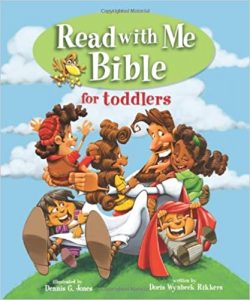
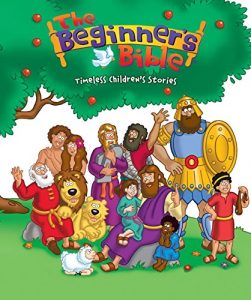
Read with Me Bible for Toddlers (2009: I) has a great illustration style and tells the stories well. However, it doesn’t take long to get through a book like this, so for years I alternated between reading this and The Beginner’s Bible (2005: I-P) with my kids. In fact, this second book has been an important part of teaching one of my boys to read. Both of these have had lasting value in our family.

More recently I’ve found The Gospel Story Bible (2011: I-P-HS) to be really good for family devotions. It tells 156 Bible stories, each on a two-page spread, along with three “Let’s Talk About It!” questions to discuss together afterward. It’s ideal for a brief Bible story after dinner.

A very different example is The Action Bible (2010: HS). This comic-strip version of the entire Bible is well suited to older children and teens. If your kids are only willing to read comics this can be a really great way to get them to engage with the Bible. Parents should take a look before they give it to their children; the style isn’t as suited to smaller children, even if they love comics.
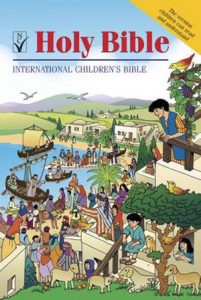
Of course, there is no substitute for reading the actual Bible! Most people will tend to read the particular Bible used at their local church. Usually thiswill be suitable for kids to use too. However, I also like the International Children’s Bible (2002: P-HS). This is a genuine translation of the entire Bible out of the original languages, specifically made for children. I get my 10-year old to read a chapter at a time regularly, and discuss it with him afterwards. Of course, the best way to make meaningful conversation is to know the passage they are reading yourself so that you can direct the conversation. Why not synchronise what you get your children to read with your own personal Bible reading plan?
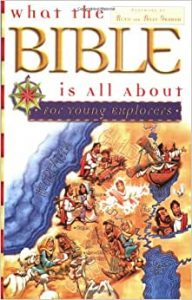
It can also be helpful for kids (and adults!) to have an overview of what happens in each book of the Bible. What the Bible is All About for Young Explorers (1998: P-HS) is the children’s version of a bestselling Bible overview book. It gives a brief graphical overview of each book of the Bible along with information like key persons, events, timelines, maps, and more. It’s an excellent Bible companion and adults will appreciate it too.
Doctrine
Children not only need to learn the Bible, but they need to learn the doctrines of the Bible. There is a growing number of good quality children’s resources on the market that teach children key biblical doctrines.
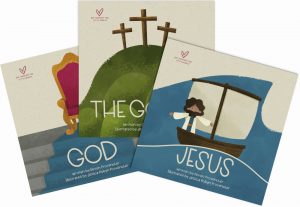
The new Big Theology for Little Hearts series (2020: I) brings core biblical doctrines to tiny children through introducing key terms with attractive illustrations. The key to making best use of this kind of book is using it over and over so that the kids get familiar with the content and absorb it. My 5-year old loves these books and wants to keep reading them, and they are well suited to younger children too.
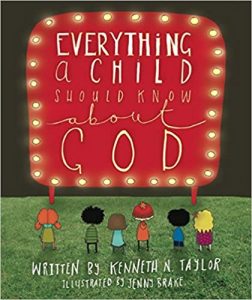
As its name suggests, Everything a Child Should Know about God (2014: I) is a broader book that is essentially a child’s first step in understanding the scope of biblical doctrine. Each chapter deals with a topic (e.g. God is holy, Prophets wrote the Bible, etc) in a couple of sentences, with a simple question following.
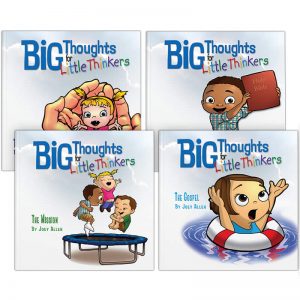
Pitched a little higher is the Big Thoughts for Little Thinkers series (2005), which offers straightforward explanations of important biblical doctrines. There is one on: Trinity, Scripture, Gospel, and Mission. Each book features a little kid having a direct conversation with the reader about something really important about God. I think this dialogue-style approach is part of what has has made my boys interested in returning to them several times. These books go to show that small children can engage with serious theological concepts.

Finally, Emblems of the Infinite King (2019: P-HS) is more ambitious: it’s essentially a systematic theology book suitable for primary school children. My oldest has been blown-away trying to comprehend the timelessness and transcendence of God through reading and discussing this with me. That immediately makes the book worthwhile to me! We need more books like this.
Church History
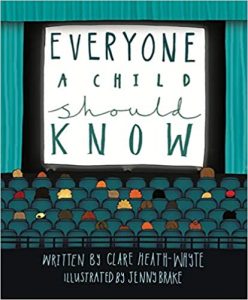
A lot of Christians are insufficiently aware of their heritage, and of the encouragement that the lives of fellow Christians through the ages can be to us. Knowing history helps us be part of a bigger world. Knowing church history helps us realise that we are part of a bigger church than we know.
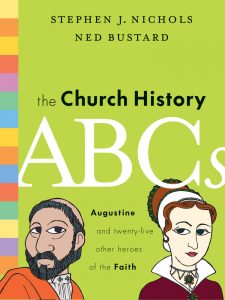
Everyone a Child Should Know (2017: I-P) is a lovely collection of short life-accounts of famous Christians and what they are notable for. It is highly accessible and interesting. Pitched a little higher is The Church History ABCs (2010: P) which is also very brief and accessible.

Finally the two volumes Reformation Heroes (2008) & Puritan Heroes (2018: HS) give more substantial accounts of the lives of model Christian believers from the Reformation and Puritan eras (16th-17th centuries). Each account is only a few pages, and they are attractively illustrated.
Fiction

Fiction is virtually bottomless category, but I just want to highlight one book that I think is particularly useful. One of the most important Christian books of all time is John Bunyan’s Pilgrim’s Progress (1678). It has been continuously in-print since its release in 1678, and is the most published English-language book in history apart from the Bible itself. And with good reason: it is excellent. This classic allegorical tells the story of a Christian’s pilgrimage out of the ‘City of Destruction’ to the the Celestial City via the cross, and through many trials and temptations in-between. It is a first-rate source of conversation about the struggles of the Christian life and the kinds of things that lead people away from persevering in Christ. In fact, I think this is one of the most useful books available for reflection on the challenges in the Christian life in general (for kids, adults, pastors… everyone).
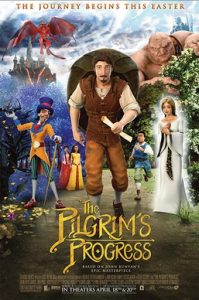
The original is heavy-going for kids, but there are many good children’s versions available. A good place to start is the Pictorial Pilgrim’s Progress (1960), which is extremely affordable and leads readers through the main points of the story with one picture for every couple of lines. There are many abridged versions available, and also a recent movie (2019).
So choose something and get reading with your kids! We are blessed to live in an era when there is an enormous amount of really high quality reading material available. Let’s make use of it.
